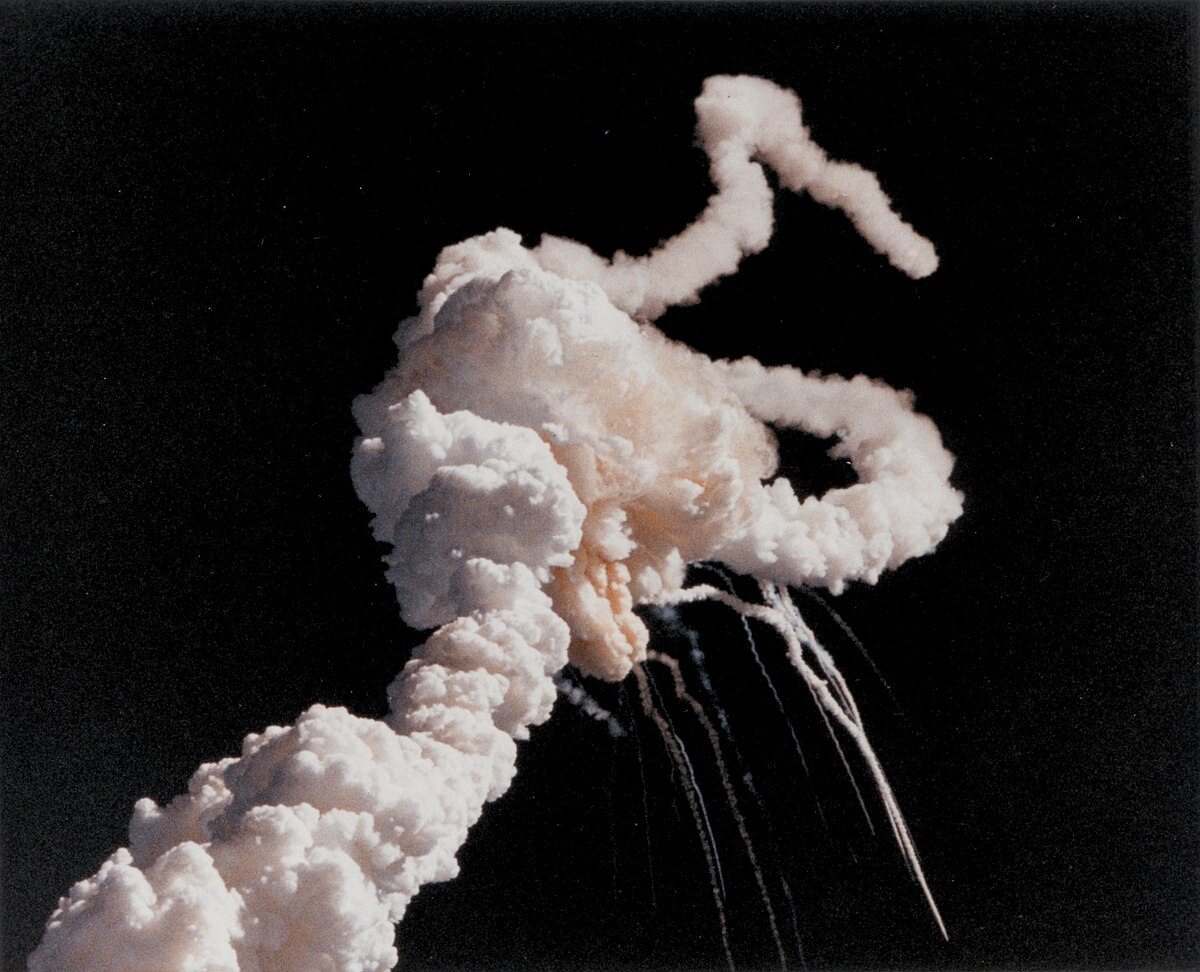Galactic Penguin SST
BANNED

- Joined
- Aug 10, 2017
- Messages
- 1,454
- Reaction score
- 1
- Country
- Location
On the occasion of the most auspicious 15 April 2021 Day of the Sun, some hints that North Korea is still in the manned space race have been published.

https://archive.ph/3nz6Z/e2f407d10b8c5aa99b5c97f6f0a9f5ca2215f170.jpg ; https://archive.ph/3nz6Z/eb06c1cc2ad4df6f5874157ebfcc3e3649abc628/scr.png ;
http://web.archive.org/web/20210413051708/https://pbs.twimg.com/media/EuV8ILHWQAQI4LX?format=jpg&name=small ; https://twitter.com/DPRK_CAODEBENOS/status/1361632344084512769
▲ 1. Dear Leader Kim Jong Il leading the way.
North Korean manned spacecraft
Obviously as different from the Iranian Kavoshgar-10 capsule as the Paektusan-1 SLV was different from Iran's Safir-1 SLV!
As depicted back in 2017, from a mysterious Japanese account possibly related to Chongryon.

https://archive.ph/ActC5/2981e9cfc470149bf4e75146398aa4c1f15fdb09.jpg ; https://archive.ph/ActC5/b0fefd7a7dd16b82d867ed4d6fd10ee7624229b2/scr.png ; http://web.archive.org/web/20210401133125/https://i.imgur.com/mGaCr6i.jpg ; https://archive.ph/mDSt4/842e3de1085a41a1b8569bc61170b23b79d24119/scr.png ; https://archive.ph/mDSt4 ; https://i.pximg.net/img-original/img/2017/05/03/13/58/20/62711716_p0.jpg ; https://www.pixiv.net/en/artworks/62711716
▲ 2. North Korean manned spacecraft: 朝鲜飞船. May 3, 2017 6:58 AM
Compared to the Russian OGCh 1'700 kg 8F021 orbiting warhead。

_____
▲ 3. The 1'700 kg 8F021 orbiting warhead had the Russian acronym OGCh。
Compared to the Chinese Shuguang-1 (Dawn One) manned spacecraft (code-named Project 714):

https://archive.vn/ErbjG/d1acbc4f6e375bda584cf2ef255d019faab33ed5.jpg; https://archive.vn/ErbjG/e723dd9a0e5cf18563ff99dbde5794feaed1d12d/scr.png ; http://web.archive.org/web/20201110202729/http://ipic.su/jGLT.jpg
▲ 4. The Shuguang-1 (Dawn One) manned spacecraft (code-named Project 714) was piloted by two astronauts and had a maximum flight time of eight days. It was planned to launch an unmanned spacecraft in 1973 and a manned spacecraft in 1974. The Shuguang-1 was lanched by the Dongfeng-6 Orbiting Missile.

https://archive.ph/PTAbP/f7bd9fa91ee3cae4a21870b0b6166a03f517f815.jpg ; https://archive.ph/PTAbP/6de664f135c45e0e62f751997b5fb557ea6e47e6/scr.png ; http://web.archive.org/web/20210329112827/https://live.staticflickr.com/65535/51070245651_5c42b6ea91_c.jpg ; https://www.flickr.com/photos/uriminzok/51070245651/ ; 국제태권도련맹창립 55돐기념 태권도기술강습 진행 (1) ; March 22, 2021
▲ 5. North Korea officially promoted as advanced developed nation by 2032.
Meanwhile some soothing news worth reading to keep oneself awake while practising social distancing:
The worst spaceflight disasters in human history
A total of 18 astronauts have lost their lives during a space mission, in four separate incidents.
4. On 24 April 1967, the Soviet astronaut Vladimir Komarov died after the one-day Soyuz 1 mission that was plagued from start by a series of mishaps with the new spacecraft type, culminating with its parachute not opening properly after atmospheric reentry. Komarov was killed when the capsule hit the ground at high speed.
On 24 April 1967, the Soviet astronaut Vladimir Komarov died after the one-day Soyuz 1 mission that was plagued from start by a series of mishaps with the new spacecraft type, culminating with its parachute not opening properly after atmospheric reentry. Komarov was killed when the capsule hit the ground at high speed.
3. On 30 June 1971, the Soviet crew of 3 astronauts aboard Soyuz 11 were killed after undocking from space station Salyut 1 after a three-week stay. A cabin vent valve construction defect caused it to open at service module separation. The recovery team found the crew dead. These three are (as of 2021) the only human fatalities in space above 100 kilometers.
On 30 June 1971, the Soviet crew of 3 astronauts aboard Soyuz 11 were killed after undocking from space station Salyut 1 after a three-week stay. A cabin vent valve construction defect caused it to open at service module separation. The recovery team found the crew dead. These three are (as of 2021) the only human fatalities in space above 100 kilometers.
2. On 28 January 1986, the Space Shuttle Challenger disaster caused by a launch booster failure, resulting in vehicle disintegration was the most devastating death toll to date for a manned spaceflight with 7 astronauts. This also delayed for nearly 3 years all U.S. manned spaceflights.
On 28 January 1986, the Space Shuttle Challenger disaster caused by a launch booster failure, resulting in vehicle disintegration was the most devastating death toll to date for a manned spaceflight with 7 astronauts. This also delayed for nearly 3 years all U.S. manned spaceflights.
1.
 The Space Shuttle Columbia disaster was a fatal disaster in the United States space program that occurred on 1st February 2003, when the Space Shuttle Columbia (OV-102) disintegrated as it reentered the atmosphere, killing all seven crew members. The disaster was the second fatal accident in the Space Shuttle program, after the 1986 breakup of Challenger soon after liftoff.
The Space Shuttle Columbia disaster was a fatal disaster in the United States space program that occurred on 1st February 2003, when the Space Shuttle Columbia (OV-102) disintegrated as it reentered the atmosphere, killing all seven crew members. The disaster was the second fatal accident in the Space Shuttle program, after the 1986 breakup of Challenger soon after liftoff.
This catastrophe totally discredited the space shuttle as a viable space transportation system, ending with its final flight on July 2011.
Leaving the U.S. without any manned space launcher for a decade, until the advent of the SpaceX Crew Dragon on 16 November 2020, but with a much decreased cargo capacity, compared to the space shuttle.
The Columbia Disaster Was Worse Than You Thought
1,190,789 views •Apr 27, 2020
https://www.youtube.com/watch?v=aXiZ3RHR3bg
But, what was even worse if one consider that military or civilian casualties covered by state secrecy inflict lesser national humiliation and loss of international prestige, was the death of one's first ever astronaut televised live worldwide.
Ilan Ramon, a colonel in the Israeli Air Force was the first Israeli astronaut, and was killed in the re-entry accident with all the six other crew members.
With Ilan Ramon's death, Israel is to this day, the only nation in the world among the 40 countries that have flown in space, to have lost its first ever astronaut during a maiden spaceflight.

https://archive.vn/9wZvQ/9eacdc743affd740f9ccb6630d1019990983c782.jpg ; https://archive.vn/9wZvQ/be2e271db6c250cacebbb47411afa8e8dcb9b9a0/scr.png ; https://web.archive.org/web/20210404233515/https://i.imgur.com/sUo6A7t.jpg
▲ 6. With Ilan Ramon's death, Israel is to this day, the only nation in the world to have lost its first ever astronaut during a maiden spaceflight.
Source:

 en.wikipedia.org
en.wikipedia.org
A further 13 astronauts have died during training and testing for spaceflight. The most notorious disaster was a fire on the launch pad of the Apollo 1 mission in January 1967, killing all the crew.

 www.newscientist.com
www.newscientist.com
Conclusion
Iran, North Korea, Japan, Thailand, Turkey and India can all attempt to launch their first indigenous astronaut without running the risk of beating the spaceflight hall of shame record, that would probably be held by the Israelis forever.
In the case of North Korea, a suborbital flight is much less risky than one onboard the U.S. space shuttle for an orbital flight.
Indeed, no space powers would ever try to launch more than one astronaut at the first space mission.






| International Day of Human Space Flight |
|---|
| 2021-04-12 April 12 is International Day of Human Space Flight. Sixty years ago, Yuri Alekseevich Gagarin, an astronaut of the former Soviet Union, was carried into outer space by a spacecraft, named Vostok. Within 108 minutes of flight, the spacecraft made a round of the Earth and performed successful re-entry into the atmosphere. Thus, space flight, a long dream of the mankind, has been realized and space science and technology entered a new stage of its development. Following Gagarin, several astronauts of other countries succeeded in space flight. In October 2000, the first crew arrived at the space station and, until now, astronauts stay there. In 2011, the UN General Assembly set April 12 as International Day of Human Space Flight and made a decision on celebrating the day every year on a global scale. On the occasion of the day, colourful events are held, including photo exhibition, symposium and publication of commemorative stamps. In Juche 87 (1998), the Democratic People’s Republic of Korea launched its first artificial earth satellite successfully and later several other satellites by relying on its own efforts, technology and resources. It briskly conducts scientific research to receive observation data from satellites and introduce them into several sectors of the national economy. Symposiums on space science and technology, including the space science and technology symposium-2020 in November last year, are held every year under the sponsorship of the Central Committee of the General Federation of Science and Technology of Korea, and cutting-edge systems of satellite image and data and geographic information analysis and other software are being developed. Achievements in space science and technology are promoting the development of the national economy, and they are widely introduced in several sectors of social culture, including science, education and public health service. |
| http://web.archive.org/web/20210413051438/http://www.naenara.com.kp/main/index/en/first https://archive.is/KBFUv https://archive.is/KBFUv/50f5d092ee302167b355288837ad54fbcc600f90/scr.png https://archive.ph/guYn1 https://archive.ph/guYn1/38376486d7aa65eff358d8041cbe5e5e89335de6/scr.png http://web.archive.org/web/20210413051504/https://pbs.twimg.com/media/Ey0pDHYVEAIwUFd?format=jpg&name=4096x4096 |

https://archive.ph/3nz6Z/e2f407d10b8c5aa99b5c97f6f0a9f5ca2215f170.jpg ; https://archive.ph/3nz6Z/eb06c1cc2ad4df6f5874157ebfcc3e3649abc628/scr.png ;
http://web.archive.org/web/20210413051708/https://pbs.twimg.com/media/EuV8ILHWQAQI4LX?format=jpg&name=small ; https://twitter.com/DPRK_CAODEBENOS/status/1361632344084512769
▲ 1. Dear Leader Kim Jong Il leading the way.
North Korean manned spacecraft
Obviously as different from the Iranian Kavoshgar-10 capsule as the Paektusan-1 SLV was different from Iran's Safir-1 SLV!
As depicted back in 2017, from a mysterious Japanese account possibly related to Chongryon.

https://archive.ph/ActC5/2981e9cfc470149bf4e75146398aa4c1f15fdb09.jpg ; https://archive.ph/ActC5/b0fefd7a7dd16b82d867ed4d6fd10ee7624229b2/scr.png ; http://web.archive.org/web/20210401133125/https://i.imgur.com/mGaCr6i.jpg ; https://archive.ph/mDSt4/842e3de1085a41a1b8569bc61170b23b79d24119/scr.png ; https://archive.ph/mDSt4 ; https://i.pximg.net/img-original/img/2017/05/03/13/58/20/62711716_p0.jpg ; https://www.pixiv.net/en/artworks/62711716
▲ 2. North Korean manned spacecraft: 朝鲜飞船. May 3, 2017 6:58 AM
Compared to the Russian OGCh 1'700 kg 8F021 orbiting warhead。

_____
▲ 3. The 1'700 kg 8F021 orbiting warhead had the Russian acronym OGCh。
Compared to the Chinese Shuguang-1 (Dawn One) manned spacecraft (code-named Project 714):

https://archive.vn/ErbjG/d1acbc4f6e375bda584cf2ef255d019faab33ed5.jpg; https://archive.vn/ErbjG/e723dd9a0e5cf18563ff99dbde5794feaed1d12d/scr.png ; http://web.archive.org/web/20201110202729/http://ipic.su/jGLT.jpg
▲ 4. The Shuguang-1 (Dawn One) manned spacecraft (code-named Project 714) was piloted by two astronauts and had a maximum flight time of eight days. It was planned to launch an unmanned spacecraft in 1973 and a manned spacecraft in 1974. The Shuguang-1 was lanched by the Dongfeng-6 Orbiting Missile.

https://archive.ph/PTAbP/f7bd9fa91ee3cae4a21870b0b6166a03f517f815.jpg ; https://archive.ph/PTAbP/6de664f135c45e0e62f751997b5fb557ea6e47e6/scr.png ; http://web.archive.org/web/20210329112827/https://live.staticflickr.com/65535/51070245651_5c42b6ea91_c.jpg ; https://www.flickr.com/photos/uriminzok/51070245651/ ; 국제태권도련맹창립 55돐기념 태권도기술강습 진행 (1) ; March 22, 2021
▲ 5. North Korea officially promoted as advanced developed nation by 2032.
Meanwhile some soothing news worth reading to keep oneself awake while practising social distancing:
The worst spaceflight disasters in human history
A total of 18 astronauts have lost their lives during a space mission, in four separate incidents.
4.
3.
2.
1.
This catastrophe totally discredited the space shuttle as a viable space transportation system, ending with its final flight on July 2011.
Leaving the U.S. without any manned space launcher for a decade, until the advent of the SpaceX Crew Dragon on 16 November 2020, but with a much decreased cargo capacity, compared to the space shuttle.
1,190,789 views •Apr 27, 2020
https://www.youtube.com/watch?v=aXiZ3RHR3bg
But, what was even worse if one consider that military or civilian casualties covered by state secrecy inflict lesser national humiliation and loss of international prestige, was the death of one's first ever astronaut televised live worldwide.
Ilan Ramon, a colonel in the Israeli Air Force was the first Israeli astronaut, and was killed in the re-entry accident with all the six other crew members.
With Ilan Ramon's death, Israel is to this day, the only nation in the world among the 40 countries that have flown in space, to have lost its first ever astronaut during a maiden spaceflight.

https://archive.vn/9wZvQ/9eacdc743affd740f9ccb6630d1019990983c782.jpg ; https://archive.vn/9wZvQ/be2e271db6c250cacebbb47411afa8e8dcb9b9a0/scr.png ; https://web.archive.org/web/20210404233515/https://i.imgur.com/sUo6A7t.jpg
▲ 6. With Ilan Ramon's death, Israel is to this day, the only nation in the world to have lost its first ever astronaut during a maiden spaceflight.
Source:

List of spaceflight-related accidents and incidents - Wikipedia
A further 13 astronauts have died during training and testing for spaceflight. The most notorious disaster was a fire on the launch pad of the Apollo 1 mission in January 1967, killing all the crew.

Has anyone ever died in space?
A total of 18 people have lost their lives either while in space or in preparation for a space mission, in four separate incidents. Given the risks involved in space flight, this number is surprisingly low.
Conclusion
Iran, North Korea, Japan, Thailand, Turkey and India can all attempt to launch their first indigenous astronaut without running the risk of beating the spaceflight hall of shame record, that would probably be held by the Israelis forever.
In the case of North Korea, a suborbital flight is much less risky than one onboard the U.S. space shuttle for an orbital flight.
Indeed, no space powers would ever try to launch more than one astronaut at the first space mission.



















